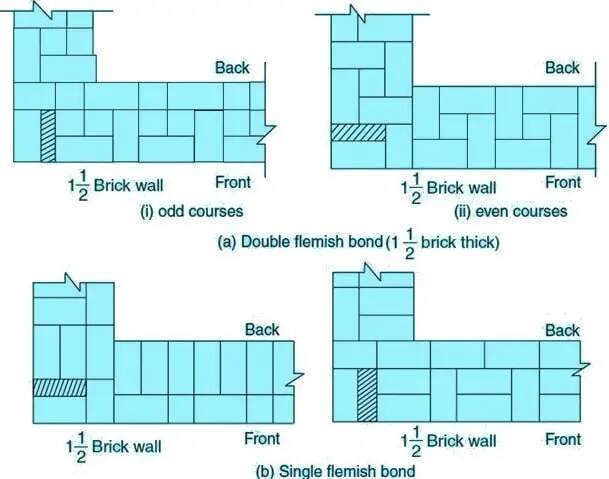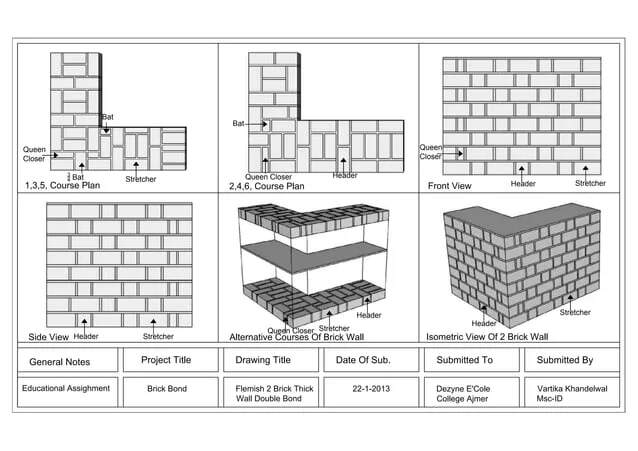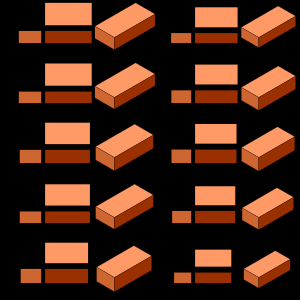Available from J's Work are stamp sets for four types brick surfaces. No scale specified.

This is partial text from the full article (usually with photos) at https://armorama.com/news/j-s-work-brick-pattern-stamp-sets
Available from J's Work are stamp sets for four types brick surfaces. No scale specified.

Pretty cool, useful stuff.
What a PITA. One at a time, really. A stamp w/say 10x10 bricks would be much more useful.
Looks more like some kind of cut stone (sandstone?)
Wrong proportion of length-height for a clay brick wall
Green Stuff World make a roller.
Is that one not accurate for the type of brick? I’ve no idea what a Dutch brick is vs any other brick!
Here goes:
Everything most people don’t want to know about bricklaying (and I honestly declare that my “expertise” in this area is as close to nil as Bud light is to water)
I presume (I could be wrong) that they mean Flemish bond when they call it Dutch brick.
The Flemish bond alternates long side - short side - long side - short side
( in morse code it would be sequence of A’s or C’s but I digress)
The most important aspect of a normal brick wall is that all the bricks are the same size, same length, same width.
The roller pattern fails in this respect.
Walls that have been repaired using whatever scraps, bits and pieces that the latest bomb raid left lying across the landscape is another thing.
The roller could be useful for this purpose but then there should be more irregular shaped bricks with missing corners et.c. so I would still call it a fail.
In order to get some structural integrity it is common practice to avoid placing joints directly above each other. Check the pattern …
The roller fails miserably on this criteria.
Regular pattern, long short long short et.c or any other bond for that matter.
The roller pattern is very non-regular so it fails again.
Bricks are standardised so that long and short sides have a specific relation to each other and this relation is almost always a strange number since the widths are not 1/2, 1/3, 1/4 or 1/5 of the length.
There must be space for the mortice in the joints. LEGO bricks are different since they are laid without mortice …
Just to complicate matters:

and since I am a cold hearted bastard

and the world hasn’t standardised on sizes so the conscientious modeller (brick counter??)
needs to watch out:

If you haven’t had a seizure yet:
![]()
![]()
![]()
![]()
Everyday is a school day ![]() !
!